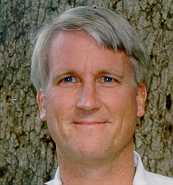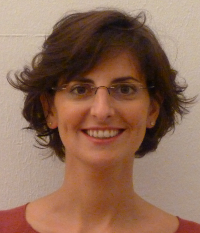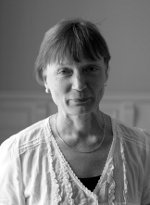

|
Lecturers
The winter school will be lectured by esteemed researchers: Elja Arjas (University of Helsinki, FI), Jukka Corander (University of Helsinki, FI), Steve Marron (University of North Carolina at Chapel Hill, US), Laura Sangalli (Politecnico di Milano, IT), Aila Särkkä (Chalmers, SE), Ernst Wit (University of Groningen, NL) and Laurent Younes (Johns Hopkins University, US).
|
 Elja Arjas (University of Helsinki, Finland)
Elja Arjas (University of Helsinki, Finland) Jukka Corander (University of Helsinki, Finland)
Jukka Corander (University of Helsinki, Finland)
 Laura Sangalli (Politecnico di Milano, Italy)
Laura Sangalli (Politecnico di Milano, Italy) Aila Särkkä (Chalmers, Sweden)
Aila Särkkä (Chalmers, Sweden) Ernst Wit (University of Groningen, Netherlands)
Ernst Wit (University of Groningen, Netherlands)